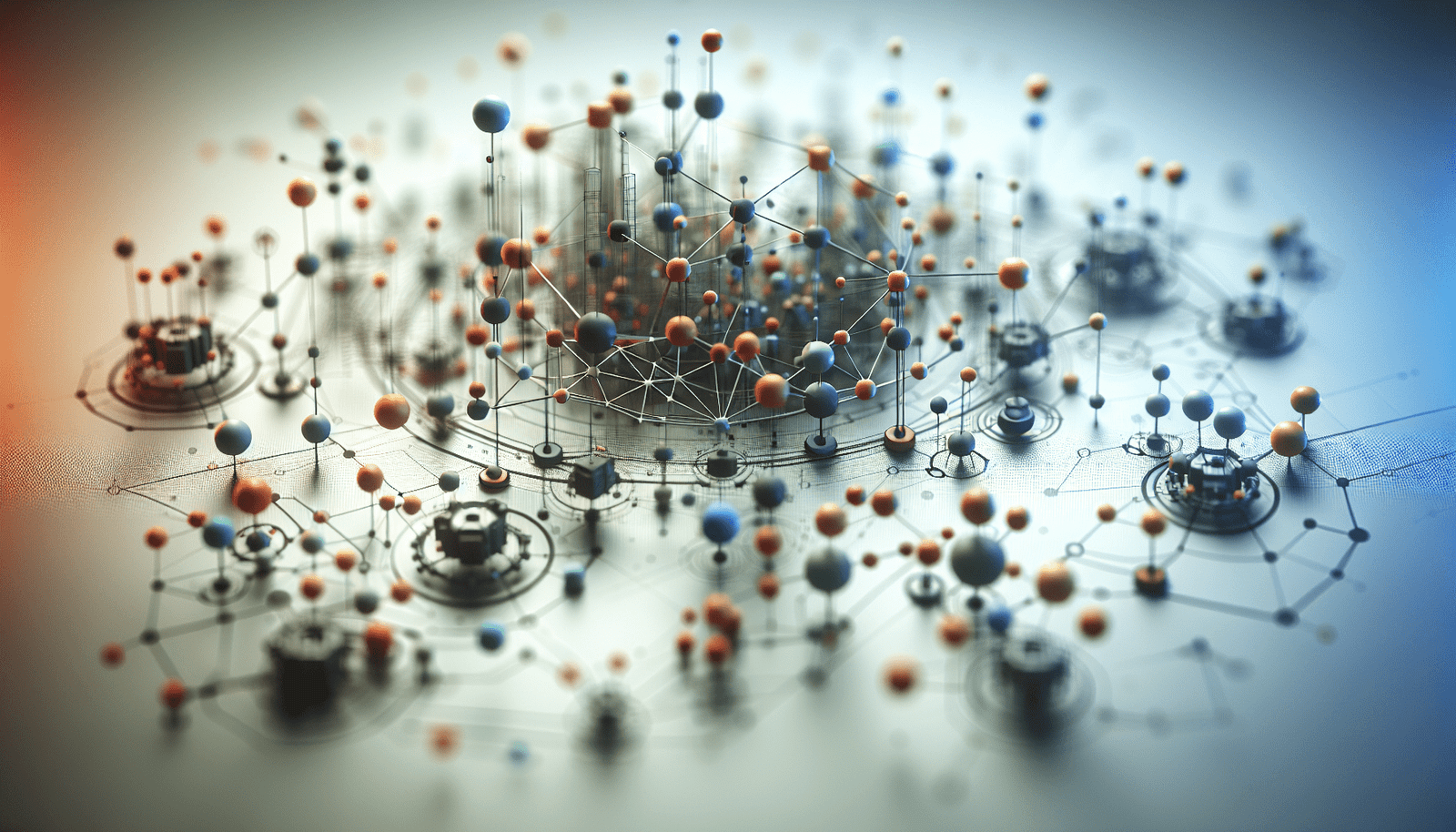Have you ever pondered how the relationships between various data points can impact your decision-making process? I find that the way information is interconnected can reveal insights that traditional databases often miss. This is where graph databases come into play, particularly in the realm of data analysis.
Understanding Graph Databases
Graph databases are designed to handle data relationships and connections more effectively than traditional databases. They utilize graph structures with nodes, edges, and properties to represent and store data. In these databases, nodes represent entities (like people, places, or things), and edges represent the relationships between these entities. The ability to navigate these connections swiftly makes graph databases a powerful tool for various applications.
What Makes Graph Databases Different?
Unlike relational databases that rely on tables and rows, graph databases focus on the relationships between data points. This allows for more natural modeling of complex networks. In my experience, this difference in structure leads to improved performance for queries that involve multiple levels of relationships. For example, if I want to find a friend of a friend in a social network application, a graph database can return this result with ease compared to a traditional SQL database.
The Need for Graph Databases in Data Analysis
As data grows increasingly complex and interconnected, traditional data models often face challenges in efficiently analyzing this information. With the advent of big data and the Internet of Things (IoT), organizations need a robust way to manage and analyze vast datasets. Graph databases meet this need by allowing for flexible and efficient querying of complex data relationships.
Increasing Complexity of Data Relationships
Consider a simple scenario where I need to analyze customer behavior across various channels. This analysis requires understanding how customers interact with products, promotions, and each other. In such cases, the relationships between customers, products, and transactions become incredibly intricate. Graph databases excel in these scenarios, providing the capability to visualize and analyze these relationships dynamically.
Benefits of Using Graph Databases
The advantages of using graph databases in data analysis are plentiful. Here’s a breakdown of the key benefits I find most valuable.
1. Enhanced Relationship Mapping
The primary advantage I appreciate about graph databases is their ability to map relationships seamlessly. In traditional databases, uncovering relationships often requires complex joins—this can slow down performance. However, graph databases allow for direct traversal of relationships, making it faster and more intuitive to navigate the connections.
2. Speedy Queries and Performance
Another significant benefit is the performance boost in querying related data. When I work on projects that require numerous relationships to be traversed quickly, I find graph databases shine in terms of speed. They use indices to quickly locate the nodes and edges of interest, which leads to rapid retrieval of data without a lengthy search process.
| Traditional Databases | Graph Databases |
|---|---|
| Slower query response times due to complex joins | Fast query responses through direct relationship navigation |
| Rigid schemas that can lead to data redundancy | Flexible schemas that adapt to evolving relationships |
| Difficult to model complex relationships | Intuitive modeling of intricate networks |
3. Flexibility and Schema Agility
Graph databases are inherently more flexible than their relational counterparts. I appreciate this especially in environments where my data model frequently changes. The schema-less nature of many graph databases allows me to add new relationships and nodes without major overhauls to the database structure. This adaptability is crucial when working on projects that evolve as new data comes in.
4. Rich Data Representation with Properties
In graph databases, not only can I represent entities and their relationships, but I can also add properties to both nodes and edges. This means I can store additional information that can be relevant for analysis. For instance, if I’m analyzing user behavior, I can include information like the duration of a relationship or user preferences directly in the edges connecting users to products or services.
5. Better Analytical Capabilities
Graph databases provide sophisticated analytical capabilities that traditional databases often struggle to replicate. For instance, when performing complex queries such as finding the shortest path between two nodes (known as the shortest path problem), graph databases can execute this much faster. This capability is vital for applications like recommendation engines, fraud detection systems, and social network analysis.
6. Powerful Visualization Tools
Another benefit I find compelling is the powerful visualization tools that are commonly paired with graph databases. Many graph databases come with built-in visualization features or integrations that allow me to see data relationships visually. This can make my analysis more intuitive and can help stakeholders understand complex data without getting lost in the details.
Real-World Applications of Graph Databases
In my journey, I have seen graph databases applied successfully across various industries, each showcasing their unique strengths.
Social Networks
Social media platforms are perfect examples of graph databases in action. They need to manage vast networks of users and their interactions. By representing users as nodes and relationships (likes, friendships, follows) as edges, social networks can deliver personalized content quickly and efficiently.
Fraud Detection
In the finance industry, I’ve observed that graph databases are instrumental in fraud detection. They can help track complex relationships between transactions, accounts, and users. By analyzing these relationships, organizations can uncover fraudulent patterns that may not be evident in traditional systems.
Recommendation Engines
E-commerce sites frequently use graph databases to power their recommendation engines. By analyzing user behavior and product relationships, they can suggest relevant products or content based on what similar users have liked or purchased. This enhances the shopping experience and drives sales.
Network and IT Operations
In IT operations, graph databases can model and analyze network topology. This helps with understanding dependencies between various systems, identifying potential bottlenecks, and optimizing performance. For instance, I can use graph analysis to predict which systems are likely to fail based on their interdependencies.
Challenges in Implementing Graph Databases
While the benefits are significant, implementing graph databases isn’t without its challenges. I believe that understanding these challenges is vital before making a transition.
1. Knowledge and Expertise
One hurdle I’ve encountered is the need for specialized knowledge and skills to effectively utilize graph databases. Not everyone has experience working with graph structures or querying graph databases. This can contribute to a learning curve for teams looking to adopt this technology.
2. Integration with Existing Systems
Integrating graph databases with existing systems can pose a challenge as well. Many organizations are entrenched in traditional relational database systems, and migrating or integrating can disrupt workflows if not planned carefully. I suggest approaching this transition in phases, ensuring that both systems can work in tandem during the switch.
3. Choosing the Right Database
With so many graph databases available in the market, selecting the right one can be daunting. Some may prioritize performance, while others may have comprehensive visualization tools. I recommend assessing the specific needs of my projects and choosing a database that aligns with those requirements.
4. Maintenance and Scaling
As graph databases grow, maintaining performance and managing growth can become an issue if not proactively handled. It’s crucial to establish best practices for database maintenance and consider scalability options early in the design phase.
Getting Started with Graph Databases
If you’re intrigued by the potential of graph databases, here are some steps I suggest for getting started.
1. Evaluate My Use Cases
Before jumping into implementation, I assess my data needs and how relationships play a role in those needs. Understanding the use case helps clarify whether a graph database is the right fit for me.
2. Choose the Right Tool
With a plethora of graph databases available—such as Neo4j, Amazon Neptune, and ArangoDB—it’s crucial to research and select the one that aligns with my project goals. I often review features, performance benchmarks, and community support to make an informed decision.
3. Start Small
I recommend starting with a small project to familiarize myself with the graph database. By implementing a pilot project, I can better understand how the database operates and its advantages over traditional systems.
4. Acquire Skills
Investing time in learning how to effectively utilize graph databases is vital. I take advantage of online courses, webinars, and tutorials to build my knowledge and skills in this area.
5. Build a Strong Data Model
Building a robust data model is critical for the success of my projects. I find that carefully planning how to structure my nodes, edges, and properties will save a lot of headaches down the line.
Conclusion
Having explored the benefits of graph databases in data analysis, I find myself excited about their potential for transforming how we approach data. Their strengths in relationship mapping, flexibility, performance, and analytical capabilities make them a compelling option for organizations dealing with complex data networks.
As data becomes increasingly interwoven in our lives, embracing the power of graph databases can provide the insights and agility needed to thrive. I hope you feel inspired to consider how graph databases can enhance your data analysis efforts, just as they have for me.






